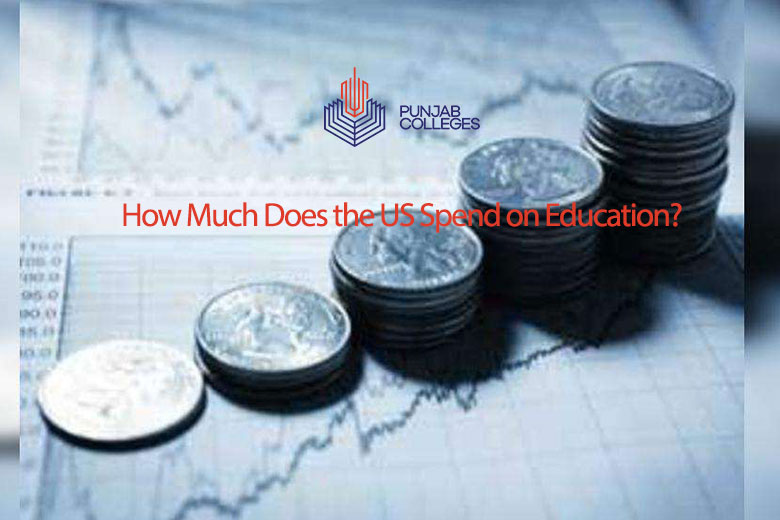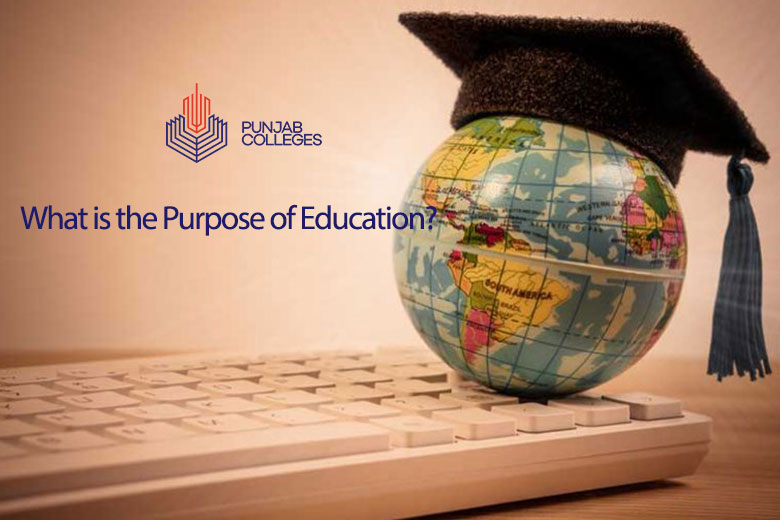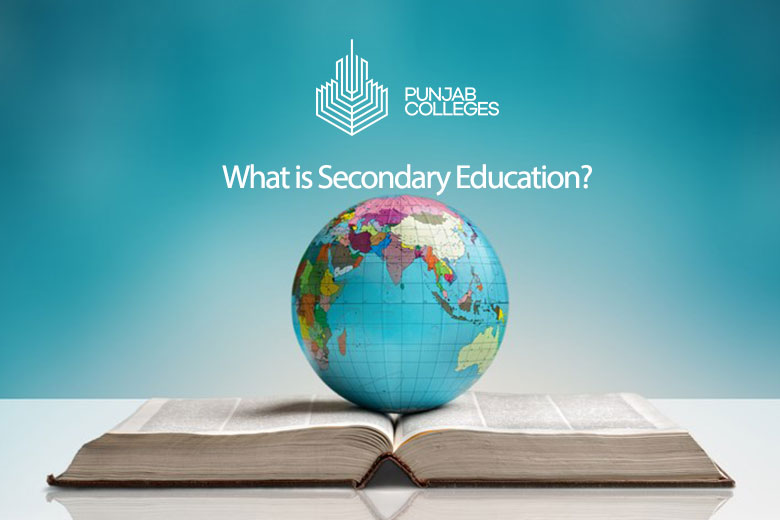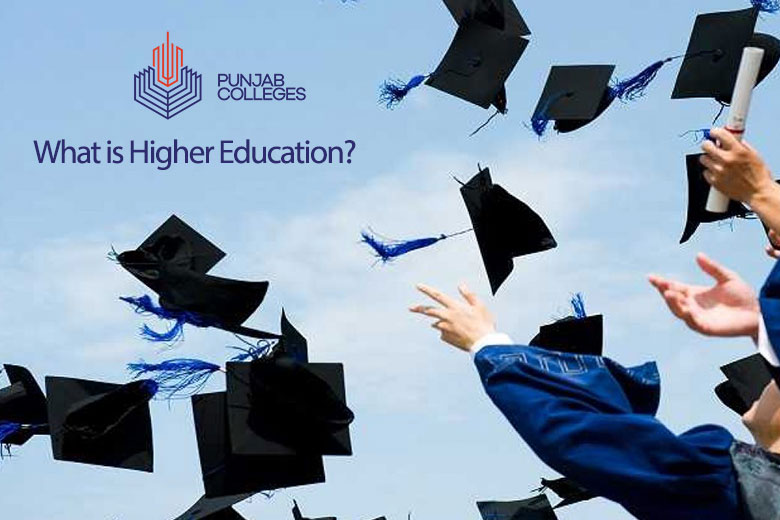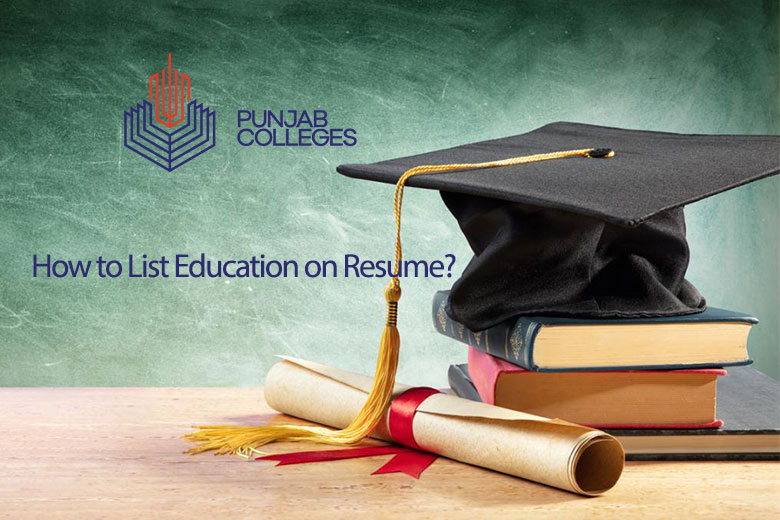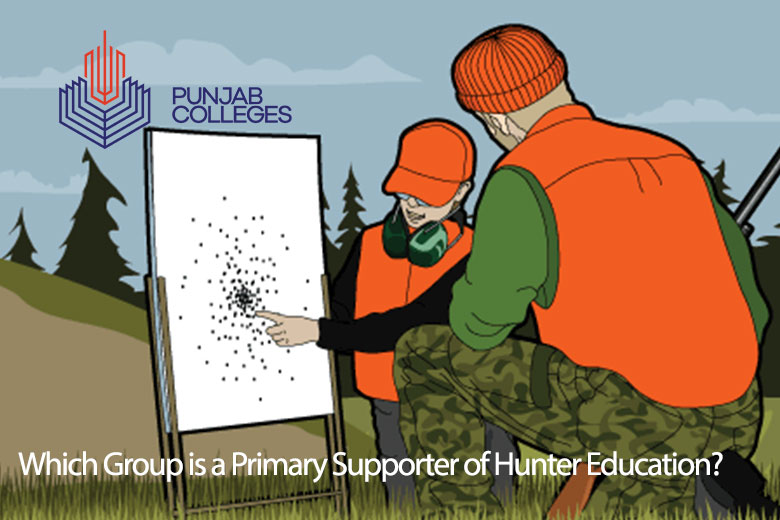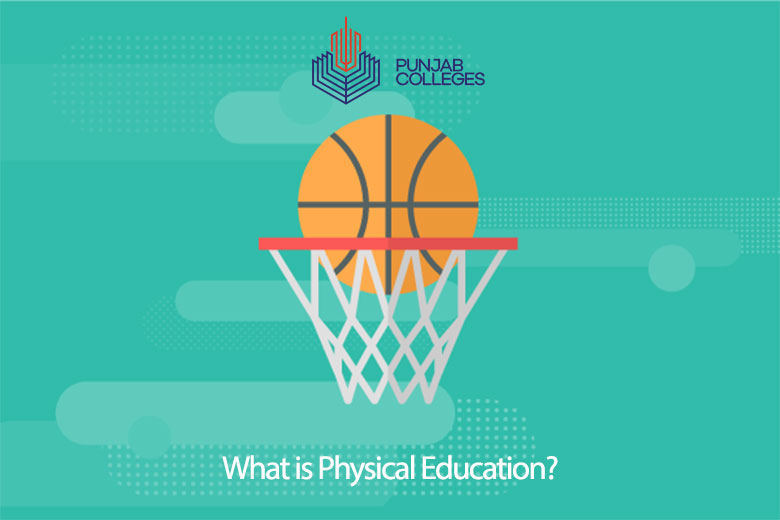
Physical education is that discipline that encompasses everything related to the use of the human body. It helps the integral formation of each human being. The means used in this type of education are motor games, sports initiation, educational sports, and recreation, etc.
Students take this subject to add fun to their studies. They get to participate in different sports, games, and activities that help them enjoy a healthy lifestyle. It is beneficial education for all types of students.
What is the meaning and definition of Physical Education?
Physical education is a discipline that focuses on different body movements to improve. It controls and maintains the mental and physical health of the human being.
This discipline can be seen as a therapeutic, educational, recreational, or competitive activity. It encourages coexistence, enjoyment, and companionship among the participants.
Physical education is a compulsory activity in both primary and secondary school. This discipline is directed by a professional instructed in a higher physical education course. It comes with knowledge about biological sciences, health, and the human body.
Why is physical education important?
Physical education is important because school age is the only time that students can take the best learning. Also, society is sure that the message about the importance of physical activity can be reached properly. Once it is learned, the repercussions it has will be applied to your health for the rest of your life.
Physical Education is important because it prevents diseases, bad feelings, having to go to the doctor, and medicine or hospitals. Physical activity saves health and keeps all diseases away for a longer time.
The arises the positive approach towards things. It changes people’s perspectives in a way that although I have not scored a goal or achieved a basket. I have not had the stellar moment of the game; I have not done it like the best of my team. But I am sure that I have contributed to my group, my team. I have managed to do something interesting.
Physical education is important because it helps to train the citizen of the 21st century in teamwork.
Learning physical education is important because it allows the development of cross-cutting themes. These are jointly addressing many of the areas of the curriculum. Working and improving on competencies is so common now.
Physical education is important because it educates in values. It teaches that it is essential to accept others. It helps to recognize the effort of everyone within a group. People give value and recognize the importance of everyone when it comes to enjoying and having a good time.
Its importance is there because having fun with others is more important than winning. The referee is a friend who collaborates and facilitates through norms. He guides the rules that we need to learn to live together and respect each other. It enhances the level of interaction in a proper way.
Purpose of physical education:
The main purpose of the Physical Education subject is to develop motor skills in people. It is
understood as the integration of knowledge, procedures, attitudes, and feelings related to
motor behavior fundamentally. For its attainment, mere practice is not enough. But it is necessary to critically analyze it. It strengthens attitudes, values referenced to the body, movement, and the relationship with the environment.
In this way, students will be able to control and give meaning to their motor actions. They will understand the perceptual aspects. They will know the emotional and cognitive aspects of these actions. They will be able to manage the feelings related to them.
Likewise, Physical Education is linked to the acquisition of health-related competencies through actions. That helps the acquisition of responsible habits of regular physical activity and the adoption of attitudes.
Physical education builds the competency that evolves throughout people’s lives. It develops the intellect to know what to do, how to do it, when, and with whom depending on the conditions of the environment.
What are the 3 functions and goals of physical education?
- Teaching Essential Body Management Skills.
- Promoting Physical Fitnessas Fun.
- Developing Teamwork, Sportsmanship, and Cooperation.
What are the 4 main objectives of physical education?
Physical education’s 4 main objectives are to improve physical fitness, develop the spirit of sportsmanship in students, teach them teamwork, and social interaction. It also contributes to one’s personal development.
It is a skillful education that not only makes students strong physically, it also improves one’s mental health.
Is physical education easy?
Physical education is the matter of physical strength and its knowledge. Students involved in this subject, get to study the different physical techniques. Those techniques can be used during sports and can be helpful in daily life routine.
In comparison to other challenging subjects, it is way easier and includes fun activities like sports. Students who are indulged in sports, take this subject seriously and get training to become professionally skilled.
How much does a physical education teacher make?
Physical education teachers earn good money as they also train students to get physically strong. Their salaries are usually based on their experience and proficiency. The average salary of physical education teacher is 50,000. It can be different according to the college and university. Private sectors pay more than the government sectors.
What are the benefits of physical education?
Physical Education prepares children to be physically and mentally active. It enables them to become physically fit and maintain healthy lifestyles for life.
Here are some of the benefits of Physical Education.
- Improves physical condition.
- Work on basic motor skills.
- Increase academic performance in other areas of the curriculum (2, 3).
- It provides regular and healthy physical activity, although it is rare in the current curriculum.
- Instils values such as respect, self-improvement, camaraderie, teamwork.
- Facilitates the development of the student’s responsibility for health and fitness.
- Influences moral development.
- Help reduce stress and release tension from lectures.
- It favors the relations between the companions and companions.
- Improves self-confidence and increases self-esteem.
- Encourage respect for others.
- Stimulates hygiene and health.
- Collaborate in the development of adequate growth.
- It favors the construction of the personality.
- Supports the integration of habits, skills, and abilities.
- Provide activities that take place in contact with nature.




